Last week, I talked to a new client about improving their sales conversion rate. She had read my previous post about improving ticket sales, and based on that, we have been discussing new sales strategies. Despite the discussion, for the most part, she had not taken action.
When I inquired about her hesitation to implement the new strategies, her response was insightful: She needed proof. She asked, ‘How can I be sure your strategies will yield results? Where is the evidence?’
First, I suggested that taking little or no action would not change the situation. Only active participation ensures course correction. Then, I pointed out that based on our team’s experience providing marketing technology to and working with more than 40 marketing managers to promote their performances, we have a reliable knowledge base to act upon.
The knowledge base is even more potent because we review the results of their marketing strategy with them and their team and find out what is working and what is not. So, here is some of what we have learned about remedies for low ticket sales for your events since the closing stages of the pandemic.
The market has become increasingly competitive post-pandemic, and standing out and attracting customers can take longer. Also, most consumers leave entertainment purchases at the last minute. However, with the right strategies and techniques, you may unlock your ticket sales potential and increase your revenue.
The route to Ticket Sales!
Ticket sales for performing arts is as complex as it gets. It is a function of the show’s quality, people’s past perception of the organization, promotion of the show, ticket price, and ease of purchase. Having a successful ticket sales strategy is crucial to the overall success of any Performing Arts Organization. Assuming that your creative team has selected a great show, the strategy includes:
-
-
- Active participation in social media to enhance the community’s perception of the organization.
- Setting the correct ticket prices.
- Promoting the event effectively.
- Tips for Handling Event Cancellations or Postponements.
-
Traditionally, online ticket sales are the most prevalent mode of purchase. Online ticket sales allow customers to purchase tickets from the comfort of their homes, anytime, and on any device. They also enable event organizers to reach a wider audience and track ticket sales more efficiently. You may need to engage only one part or all parts of this strategy, but you must engage if you wish to see improvement.
Improving Brand Perception
Improving public perception of a brand requires a multifaceted approach that combines strategic content marketing with active social media engagement:
-
-
- Clarify Your Core Message: Understand what your brand stands for deeply. Identify your organization’s core values, mission, and unique selling propositions. This core message should resonate with your target audience and differentiate you from competitors.
- Consistent Brand Messaging: Ensure all your communications across various platforms and mediums consistently reflect your core message. This includes your website, social media profiles, advertising, and press releases. Consistency in messaging reinforces your brand identity and helps build trust with your audience.
- Aggressive Content Marketing: Develop a marketing strategy that aggressively promotes your core message. This could involve creating high-quality blog posts, videos, infographics, and podcasts that provide value to your audience while subtly reinforcing your brand values.
- Engage on Social Media: Actively participate in social media by posting regularly and engaging with your followers. Respond to comments, participate in conversations, and use social media to provide customer service. This direct engagement helps humanize your brand and build a community around it.
- Counteract Negativity with Positivity: Acknowledge that negative perceptions will occur. Have a plan in place to address negative feedback or press proactively. Use social media and other platforms to share positive stories, customer testimonials, and positive news about your brand.
- Demonstrate Your Values: Show your commitment to your brand values through actions. Participate in social causes, engage in community service, and ensure your business practices align with your stated values. Share these efforts on social media to reinforce your brand’s positive impact.
- Leverage Customer Feedback: Encourage and share positive customer experiences and testimonials. Use social media to highlight these positive interactions. Address negative feedback constructively and publicly to show your commitment to customer satisfaction.
- Monitor and Adapt: Regularly monitor public perception through social listening tools, customer feedback, and brand audits. Be prepared to modify your strategies based on this feedback to ensure your efforts effectively improve public perception.
- Influencers: Partner with influencers who align with brand values to reach a wider audience. Influencers can help amplify your core message and lend credibility to your brand.
- Transparency and Authenticity: Always communicate transparently with your audience. Authenticity builds trust, and trust is foundational to positive brand perception.
-
Setting the correct pricing.
Offering early bird discounts or promotions is an effective way to incentivize customers. Early bird pricing encourages attendees to buy tickets in advance, increasing sales and creating a sense of urgency for potential buyers.
You can also offer variable pricing, special discounts, memberships, promotions, group purchases, or bundled tickets. This helps increase ticket sales and creates a positive customer experience, leading to potential word-of-mouth marketing and repeat attendees.
Communicate these discounts and promotions clearly on your event website and social media platforms to implement them effectively. Email marketing can also effectively reach potential customers and promote these offers.
Offer Ticket Packages or Bundles
Offering ticket packages or bundles can be a great way to entice customers and boost ticket sales. By bundling tickets with extras such as merchandise, VIP access, or exclusive experiences, you can create added value for potential buyers.
You can also offer group discounts for purchasing multiple tickets at once, which can encourage attendees to bring their friends or family to the event.
Additionally, offering early bird pricing for ticket packages can create a sense of urgency and motivate customers to purchase tickets sooner rather than later.
You can cater to different budgets and preferences by providing various ticket package options, making your event more accessible and appealing to a broader audience. This can ultimately result in increased ticket sales and revenue for your event.
Promoting the event effectively
There are various effective ways to market your event and drive ticket sales. To reach potential customers, utilize social media platforms, email marketing, content marketing, search engine optimization (non-branded SEO), and paid advertising.
Target the right audience for your event and use engaging visuals and creative copy to attract their attention. Partner with influencers or other businesses in your industry to expand your reach and drive more ticket sales.
Additionally, data analytics can help you track your marketing performance and make needed adjustments to improve results. By implementing a solid marketing strategy, you can increase awareness for your event and ultimately boost ticket sales.
Leverage Social Media Advertising
The widespread use of social media has become an essential platform for event marketing and ticket sales. Platforms like Facebook, Instagram, and Twitter allow you to communicate with a larger audience, target specific demographics, and track your ad performance.
You can utilize paid advertising on these platforms to promote your event to potential attendees who may have shown interest in similar events or topics. Social media also allows for interactive and engaging ads, such as videos and carousels, to showcase your event and grab the attention of potential buyers.
Social media advertising can create a buzz around your event, increase brand awareness, and ultimately drive ticket sales. Make sure to have a strong call-to-action in your ads to make it easy for interested customers to purchase tickets directly through the platform. So, incorporate social media into your marketing strategy to improve ticket sales and boost revenue.
Use Email Marketing to Reach Potential Customers
Email marketing is an excellent tool for engaging potential customers and promoting your event. By utilizing an email list or creating a targeted email campaign, you can directly reach individuals who have shown interest in your event or similar events.
Personalize your emails and include engaging visuals and clear call-to-actions to entice potential buyers. You can also utilize email automation to send reminders to customers who have abandoned their cart before completing a ticket purchase.
By leveraging the power of email marketing, you can create a personal connection with potential customers and effectively promote your event to drive ticket sales. Regularly engage with your email list and utilize this powerful tool in your marketing strategy.
Collaborate with Influencers or Partners for Promotion
Partnering with influencers or businesses in your industry can be a valuable way to expand your reach and promote your event. These partnerships allow you to tap into their already established audience and attract new attendees to your event.
When collaborating with influencers, ensure they align with your event’s values and theme for more effective promotion. You can also offer them a special discount or promotion to incentivize them to promote your event.
Additionally, collaborating with other businesses in your industry can also be beneficial. For example, hosting a pre-event networking event with a partner business can help drive ticket sales and create more buzz for your event.
You can effectively market your event to targeted audiences and boost ticket sales by leveraging partnerships and influencer collaborations. So, consider these strategies in your overall event marketing plan.
Utilize Data Analytics for Marketing Optimization
Data analytics can be crucial in optimizing your marketing efforts and driving ticket sales. You can gain valuable insights into what is working and what can be improved in your marketing strategy by tracking key metrics such as website traffic, email open rates, and social media engagement.
You can also utilize A/B testing to compare different marketing tactics and see which results in the most ticket sales. This allows you to make data-driven decisions and optimize your efforts, increasing revenue.
Furthermore, tracking customer data through ticket sales can help improve your grasp of the target audience and tailor your marketing messages accordingly.
Tips for Handling Event Cancellations or Postponements
Unfortunately, event cancellations or postponements may occur due to unforeseen circumstances. Your team must have a plan to handle these situations.
-
-
- Communicate clearly and promptly with attendees about the cancellation or postponement.
- Be transparent about the reasons for the change and offer refunds or alternative options if possible.
- Utilize social media and email marketing to reach out to attendees and keep them informed of any updates or changes.
- To provide value to attendees, consider offering virtual alternatives, such as live streaming, for canceled or postponed events.
- Communicate with vendors and partners to address any potential issues or concerns.
- Use the situation to show empathy and understanding for attendees who may have made travel plans or taken time off work for the event.
-
Handling cancellations or postponements professionally and efficiently can help maintain trust with attendees and minimize the negative impact on your event’s reputation.
FAQs
How can I start selling tickets for my event more effectively?
Your event detail page must be compelling and highlight your event’s key details and attractions. Ensure the sales process is straightforward, enabling buyers to purchase tickets quickly. Consider launching with an early access period for past event attendees or those subscribed to your mailing list, possibly using an access code to foster exclusivity and natural buzz around your event.
What strategies can I use to boost ticket sales if they’re starting to slow down?
If you notice a slowdown in your event ticket sales, implementing a promo code for a limited time can reignite interest and urgency. Additionally, activating a referral program that rewards ticket buyers for referring friends can expand your reach and encourage more sales through word-of-mouth promotion.
If you notice your event is selling well, it may be time to introduce variable pricing to the upside. With variable pricing, you must be careful not to sour your customer’s perception of your organization.
Can offering early access to tickets increase overall sales?
Yes, offering early access to members is essential. Providing early access to select groups, such as past event attendees, members, or your mailing list, with an exclusive access code can create anticipation and a sense of exclusivity. This strategy rewards loyal attendees and helps generate early buzz, which can be pivotal for a successful sales campaign.
But, be very careful to limit the members’ discounted purchases. One marketing team, in particular, had to limit the number of discounted pre-sale tickets members could get since those tickets were showing up in the hands of ticket resellers.
How important is it to analyze sales from past events to improve future ticket sales?
Analyzing ticket sales data from past events is crucial for refining your sales strategy and improving future outcomes. By understanding the patterns and preferences of your ticket buyers, you can tailor your marketing efforts, adjust pricing structures, optimize the timing of your sales phases, and enhance the overall purchasing experience.
Conclusion
In conclusion, implementing effective marketing strategies and considering factors such as data analytics, ticket packages, gender diversity, and location can significantly impact the success of your event.
By utilizing partnerships and influencer collaborations, tracking key metrics, offering bundled tickets, promoting inclusivity, and choosing the right location for your event, you can increase attendance and ultimately boost ticket sales and revenue.
Moreover, planning for potential event cancellations or postponements can minimize the negative impact on your event’s success and reputation. Always prioritize your attendees’ needs and preferences to create a successful event that leaves a positive impression on all participants.
Dream Warrior Group, a Los Angeles-based web design and digital marketing Company, provides solutions for your online marketing needs. Our expertise includes Search Engine Optimization (SEO), Social Media Posts and marketing, and Google PPC campaigns. Call us now at 818.610.3316 or click here.

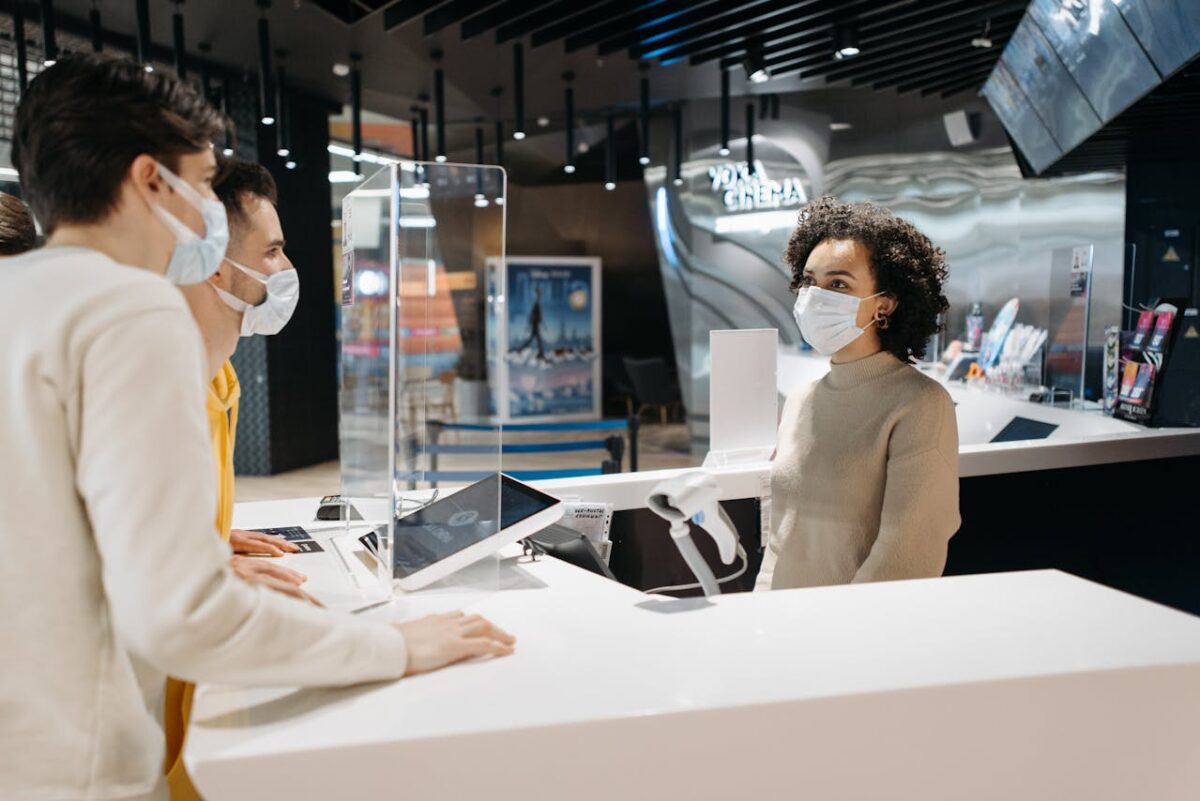
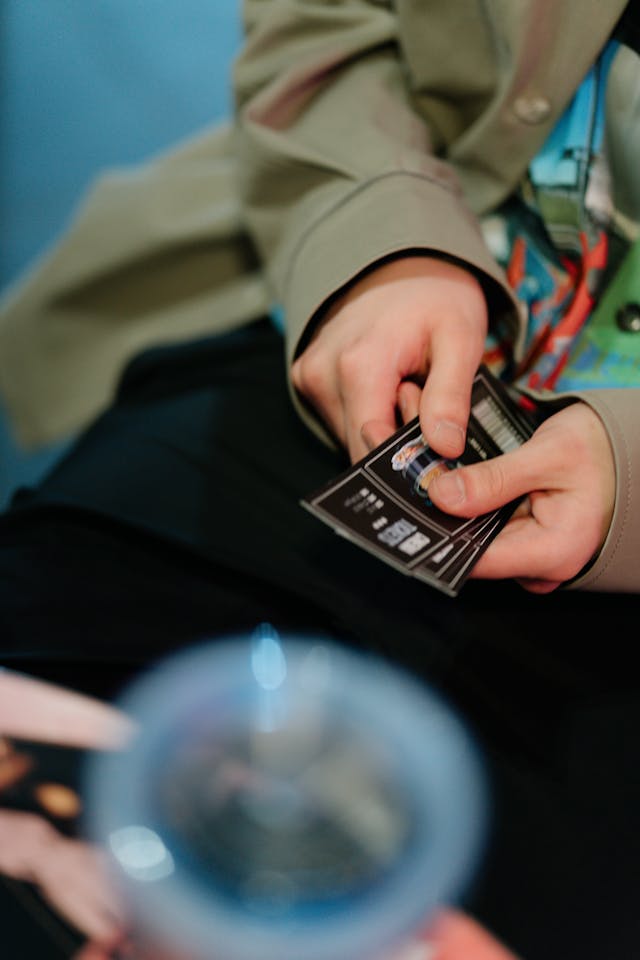
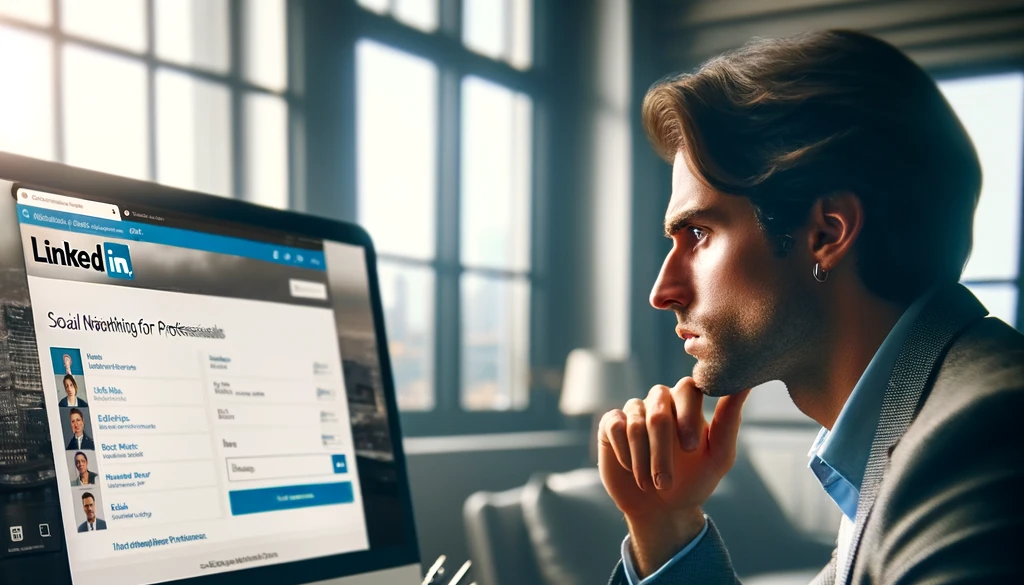

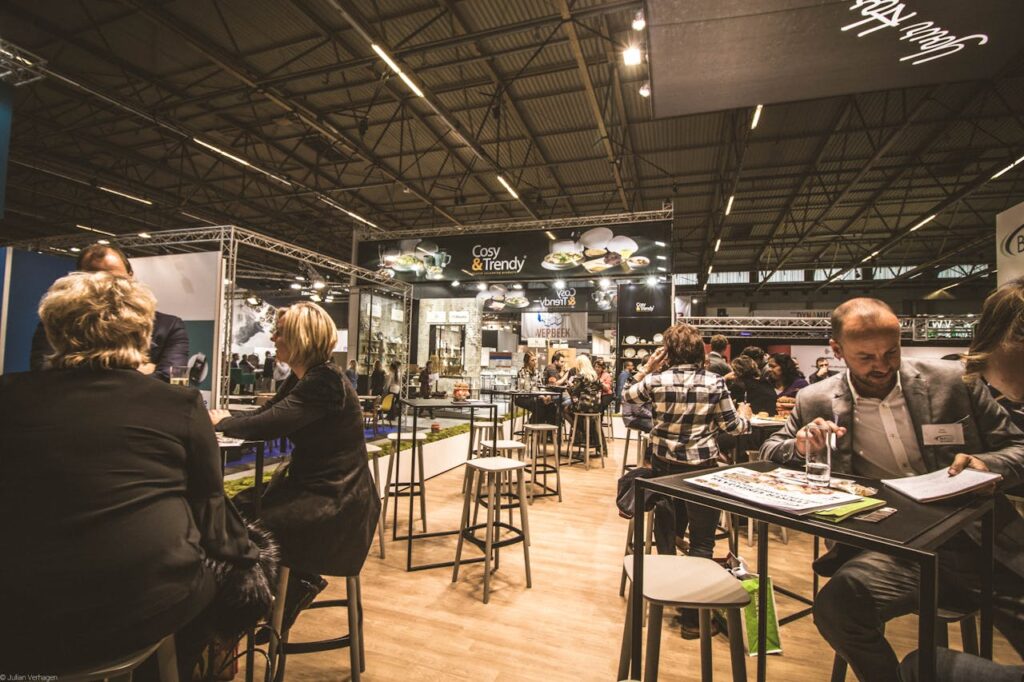
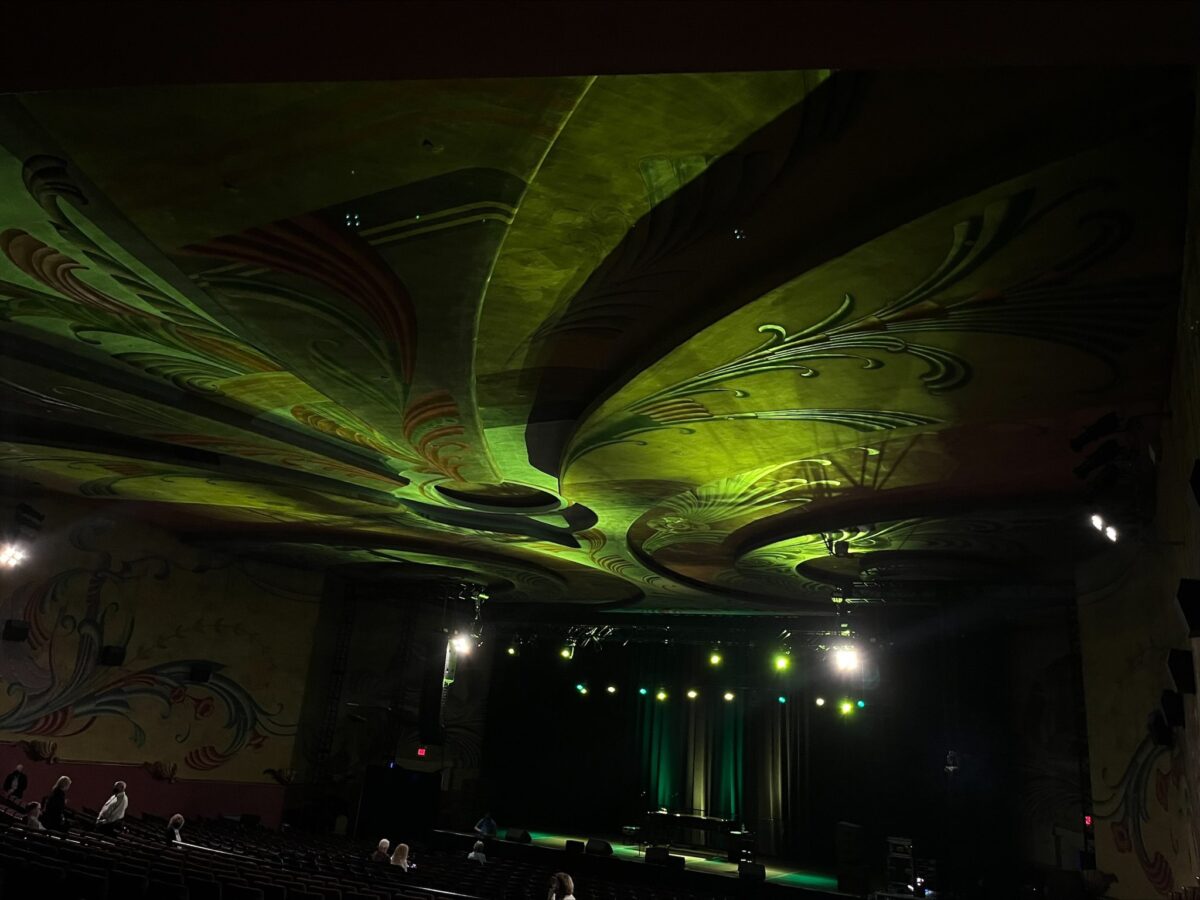
 , we had the opportunity to head up the coast to visit
, we had the opportunity to head up the coast to visit 
